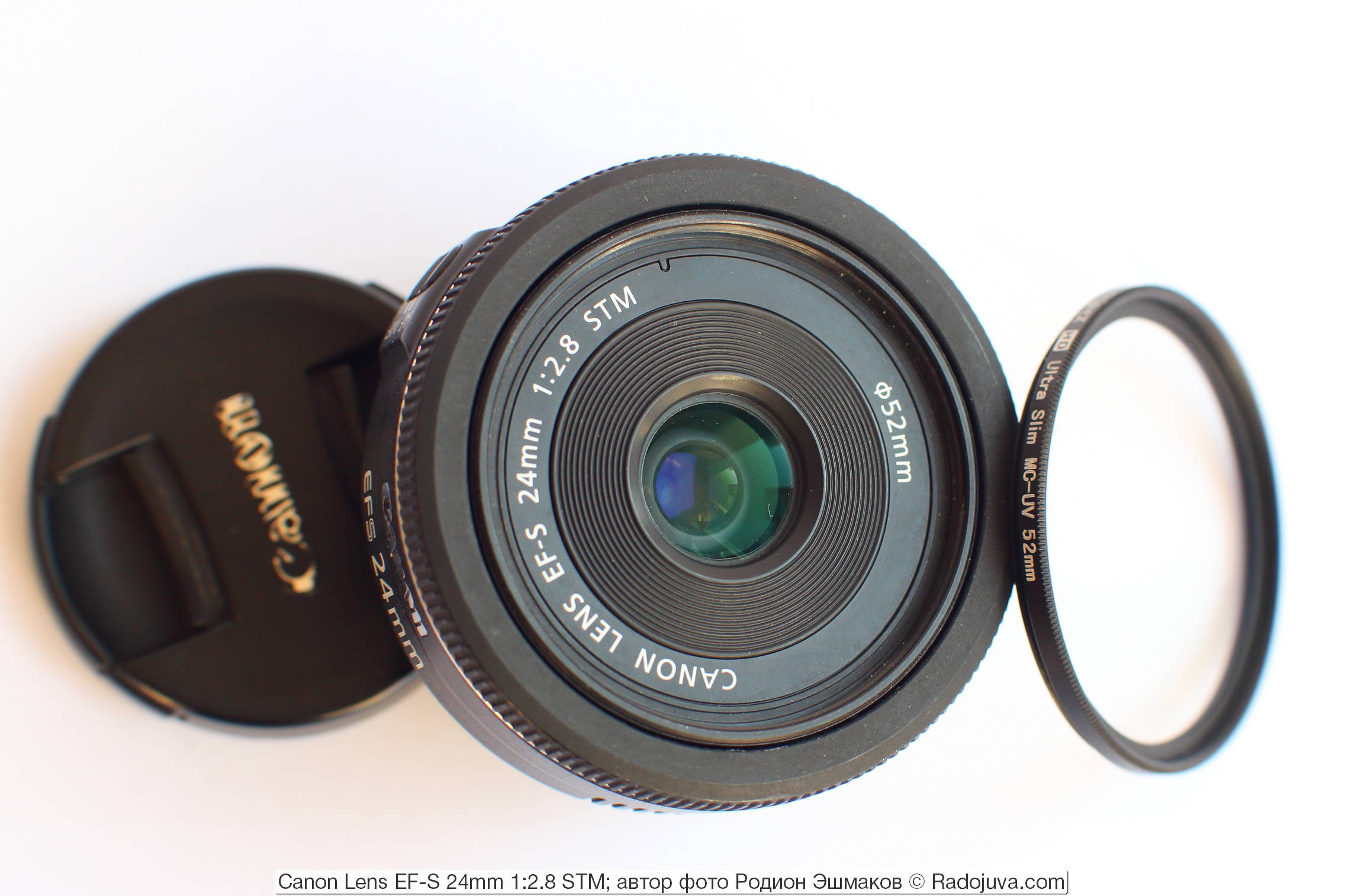

The lens design consists of 15 elements in 12 groups, with 1 UD element. The only information available on the lens are marked focal lengths: there are no distance scales or depth-of-field indicators. There is no flexing or rattling when using the lens: the exterior of the lens has a spatter-painted appearance, while the lens barrel, visible when the lens extends towards 250mm, is smooth. Both the lens mount and the 58mm filter threads are plastic. To accomplish this the lens is largely plastic, though it is of a high-quality construction. With a minimum close-focus range of 85cm (2' 8") and a magnification ratio of 0.29x, the 55-250mm provides respectable performance in the macro category.Īt just over 13 ounces, the Canon EF-S 55-250mm ƒ/4-5.6 IS STM makes a light package for the versatile range of focal lengths it offers. Attached 58mm filters will not rotate during focus operations, making life easier for polarizer users. You can override autofocus results at any time by just turning the focus ring.
#55 250 stm 3.5 stops manual#
The lens offers full-time manual operation, a difference from the previous model. The lens took well under a second to focus from infinity to close-focus. The Canon EF-S 55-250 ƒ/4-5.6 IS STM employs an autofocus system called a "Stepping Motor," which allows the lens to provide smooth and quiet autofocus operation, particularly during video capture. This style of distortion is a bit more difficult to correct in post-processing. At its most visible there is -0.25% pincushion distortion at 250mm in the corners. The story changes after 100mm, where average distortion retains its barrel character, but maximum distortion is visible in the corners as pincushion distortion.

This distortion is fairly linear until there is effectively no distortion at 100mm, and is easily corrected in image post-processing. Barrel distortion isn't a big issue: 0.5% maximum corner distortion at 55mm. The 55-250mm produces a distortion profile which is fairly typical for this class of lens barrel-distortion at the wide end (55mm), with increasing pincushion distortion as the lens is set to a larger focal length. The worst is seen at the 250mm setting at ƒ/5.6, where the extreme edges of the image will be about two-thirds of a stop darker than the center of the image.Īs with the previous iteration of this lens, distortion is handled very well across the impressive zoom range. Outside of this, you'll note some color bleed in the corners, in areas of contrast in particular, magenta-green fringing.Īt any focal length with an aperture setting below ƒ/8, we note some level of corner shading, but not an extreme amount (it's fairly typical of lenses in this category). Generally, you get your best performance in the mid-range of the lens - anything over the 55mm point and below 200mm. The Canon EF-S 55-250 ƒ/4-5.6 IS STM has some small issues with chromatic aberration, but nothing like we've seen in other lenses in this price point. Results at ƒ/22 are acceptable, but anything smaller than that and the image becomes quite soft indeed. Image quality becomes softer at ƒ/16 with the introduction of diffraction limiting. At 200mm and above, the lens starts out with some prominent corner softness at ƒ/5.6, and stopping down doesn't actually improve image quality, unfortunately. With an exception, of course - provided you use the lens below the 200mm focal length. Canon has definitely improved upon its previous 55-250mm offerings, where there was some corner softness at its widest apertures with the STM version of the 55-250mm, it's super-sharp, even when used wide open. The 55-250mm ƒ/4-5.6 is impressively sharp for a ''kit'' lens, even when set to its widest apertures. The lens takes 58mm filters, and is available for $300. Other than that good luck with your shooting.The Canon 55-250mm ƒ/4-5.6 does not ship with a lens hood an optional circular-style lens hood is available separately. While that is a great value lens you would need strong bright sun and good contrast to successfully get it to autofocus with all that extra glass. If I'm doing my math correctly the 2x would cost you two stops, leaving you at f/8. Adding the 1.4 X Tele extender will cost you a stop, reducing that to f/8. At maximum zoom the largest aperture on your lens is f/5.6. Then there is the issue of "slowing" down the lens. Here is one compatibility chart you may find helpful: The lens simply won't couple to the device. Although I don't own that lens the physical compatibility issue is the main obstacle to this working unfortunately. Hi Jessi - I understand the urge to try to extend the reach.been there, done that. I was wondering if an extender would work to get more reach out of it? I just bought the 55-250 stm (it is my only lens that has reach).


 0 kommentar(er)
0 kommentar(er)
